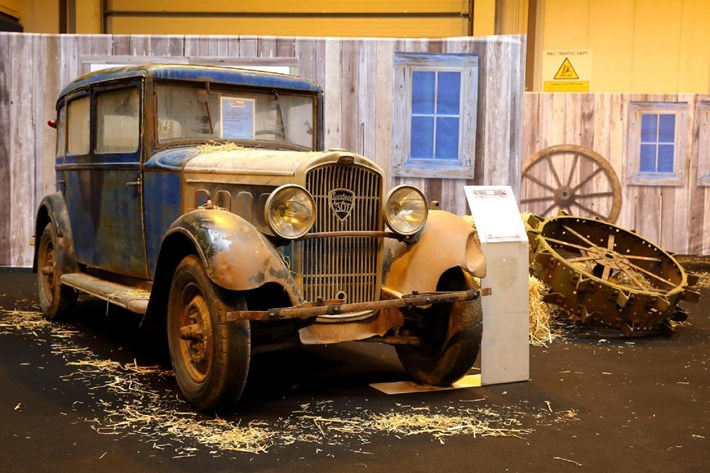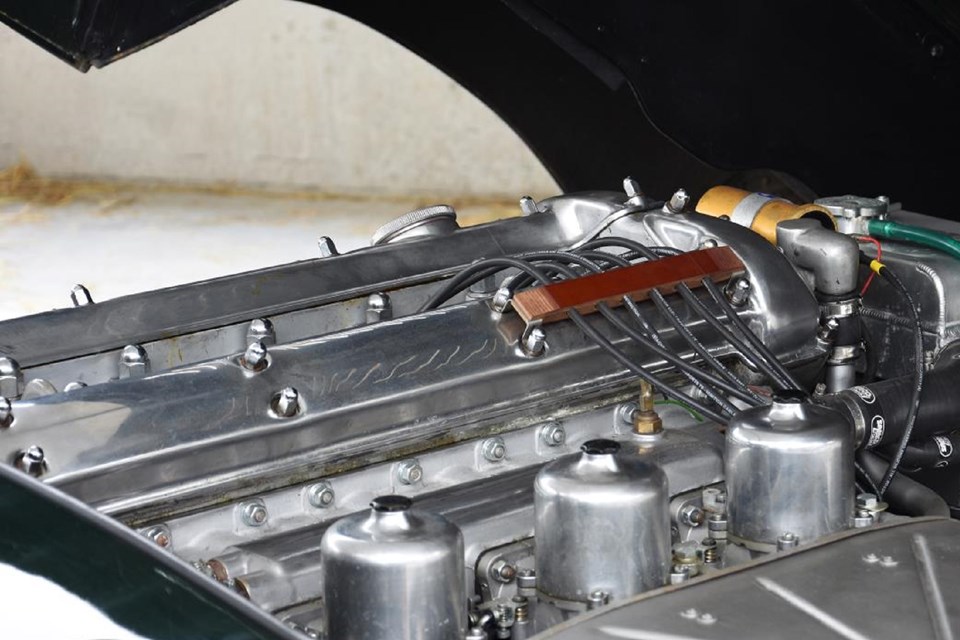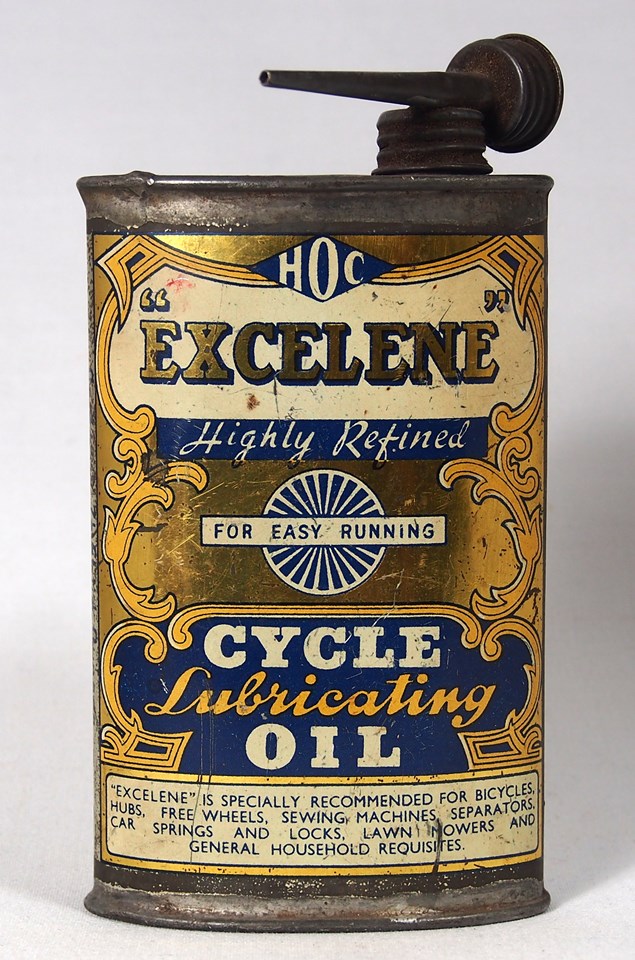
Whether you want to get your car out of hibernation from another agonisingly long winter or have stumbled across a barn find that hasn’t turned a wheel in decades, there will be certain items to attend to before sticking the key in the ignition and roaring off on that first drive.
In general, the shorter the lay up the fewer things there will be to sort out and the manner in which the car was stored plays a big role too. To avoid turning your first weekend drive into a Monday morning repair, read through our recommissioning checklist to make sure everything goes smoothly.

Under The Bonnet
Start with a quick inspection of the drive belts, HT leads and radiator hoses. If all is well then turn the fan blades slowly and see if the engine turns over freely.
If you feel some resistance, the pistons or valves may be partially seized or the piston rings and cylinder walls have corroded slightly. There is no need to panic just yet, but it may be worth removing the spark plugs and pouring a little penetrating oil into each cylinder, diesel works too, and it won’t wash the oil off the bores in the process.
If this does not loosen things up then allow yourself a moment of panic as the engine may need to be stripped down, one last resort is to leave some diesel soaking in for a couple of nights in the hope that the seized components loosen up.
Petrol tends to degrade over time, more so with modern ethanol laden unleaded fuels, it also evaporates if left for long periods so check that there is enough in the tank and don’t forget to replace the fuel filter if it was not done prior to storage.
It may be wise to totally drain the fuel tank if the car has been standing for a number of years as the general consensus is that the octane rating drops significantly after that length of time, this is especially so if the fuel tank is not airtight.
An oil change is also necessary if the car has been standing for an extended period (longer than 8 months or so) as it starts to lose its lubricating properties the moment it is poured in to the engine whether it is driven or not. You might as well change the coolant while you are at it too, especially if the car has been standing for longer than a year. If equipped with power steering, check the fluid level and change it if it has not been done in the past 3 years.

Cooling System
If the radiator (or expansion tank if fitted) shows no signs of leaking, then starting the car and running it will expose any weak areas in the rest of the system. The thermostat can be tested by putting it into boiling water and seeing whether it opens or not although there is no quick way to test the water pump so keep an eye on the water temperature.
Brakes
Replacing the brake fluid is a good idea if the car has been standing for ages as it may have absorbed water over time which can cause corrosion.
The brake discs generally have a film of superficial rust on the surface but this should rub off after the first few applications of the brake pedal. Drum brakes may require a bit more attention as the shoes can bind to the drums and the actuator springs can rust.
If the handbrake has been left up then you will most likely need to take the drums apart to loosen the shoes.
Suspension
Older cars will have grease points that need to be checked, rubber bushes can also crack and perish over time so inspect them visually and listen out for knocking noises over bumps. Dampers too may need a refresh so look out for leaks and press down on each corner and see whether there is excessive bounce once you release it.

Clutch
Depress the clutch, if it goes down smoothly then the drive plate should be disengaging from the flywheel and all is well. If not, then the plate could be seized and there are a few methods to get it unstuck. Warm up the car while it is stationary and pump the pedal a few times, the additional heat can work it free.
An alternative method is to leave it in gear and crank the starter motor to jolt the car into motion. This can loosen the mechanism and should not damage any components if attempted once or twice. If none of the above works then you may have to take the gearbox out and pry the clutch free manually, a job that is best left to a specialist unless you have the necessary equipment and skills.
Tyres
Tyres can develop flat spots if the car has not been left on blocks, you may notice an odd bumpy sensation as you drive off for the first time but they should return to their correct shape after a few miles.
If the car has been resting on completely flat tyres for years or has severely cracked sidewalls, they will need to be replaced. Check the four-digit date stamped into the sidewall, the first two numbers are the week of manufacture while the last two refer to the year (post-2000). Three-digit codes mean the tyre was manufactured before 2000 and they should be changed as most tyres last a maximum of 10-years. Do not forget the spare wheel either.
Wheel bearings can collapse after years of disuse so check the wheel hubs for excessive play and listen out for any grumbling noises on your first drive.
Bodywork And Interior
You may have washed and polished the car before the big sleep and even had a car cover on it but it is always advisable to hose it down and get rid of any cobwebs or dirt that might have accumulated over time.
This is also a good time to inspect the chassis for any signs of corrosion. Rodents and other undesirable creepy crawlies may have infiltrated the cabin or chewed on the pipes and cables under the bonnet.
The interior should hopefully be in the condition you left it. If the windows were left slightly open (a good way to reduce the accumulation of mould) then check for evidence of any bugs that may have infiltrated the cabin. Check that the instrument gauges are working correctly and if the car has been standing for ages, open the doors gently at first to avoid tearing any rubber seals.
Electrics
Unless you have kept the car on a trickle charger the entire time, a new battery is almost always necessary. Many electrical issues on older classic can be traced back to corroded connectors or a bad earth so check the wiring thoroughly.
It is also important to check that all the lights, indicators, windscreen wipers (check the rubber blades too) and horn are in working order.

Setting off
Don’t forget to renew any relevant paperwork and once you have gone through the above checks and verified that all is in order you will be ready to get going. If the car is fitted with a carburettor, spraying starter fluid into it for the first start can help reduce the strain on the starter and battery.
Allow the engine to idle only for a few minutes as the oil pump functions best when on the move and the tappets and rocker arms (or pushrods, depending on the engine) may exhibit a ticking noise until adequately lubricated. The gearbox and diff can only warm up once underway too, so a short, gentle drive is the best way to check that all is functioning as it should.
While not all of the above points may apply to you it is best not to rush the process, take your time and remember, the best way to keep your classic in good condition is to use and maintain it regularly.







